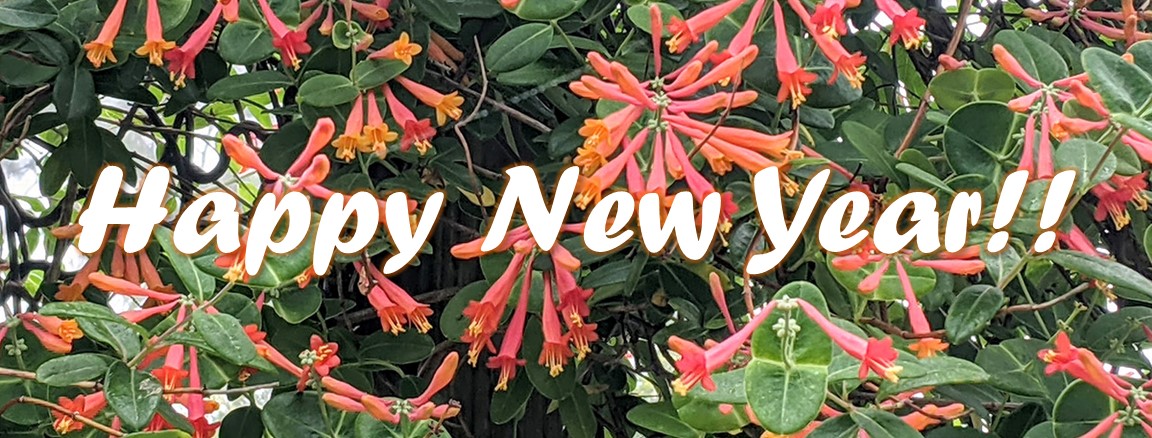The Audubon Observer, January 2022
|
|
||||
2021 YEAR IN REVIEW As we start a brand-new year of connecting people with nature, here’s a look back at some of our chapter’s most notable accomplishments of 2021: Although we reluctantly concluded at the beginning of the year that it was still not safe to hold in-person meetings or hosted outings due to the pandemic, we continued to offer our monthly Open House events at our Crosby Sanctuary conservation property in Orange Park, giving folks a welcome opportunity to safely get outside on their own in a beautiful natural setting. We hosted nearly 200 visitors at Crosby in 2021 and plan to continue the monthly Open House events indefinitely (excluding June, July, August & December). In May, with the availability of the COVID-19 vaccines, we were delighted to resume our expert-led field trips with an outing at the St. Augustine Road Fish Our chapter was also deeply involved in our Lights Out Northeast Florida (LONF) partnership initiative with St. Johns County Audubon Society and the Jacksonville Zoo & Gardens last year. The initial phase of the project began in March, when 25 volunteers hit the streets of downtown Jacksonville to collect data about birds killed or injured by building/window strikes. Even more volunteers (36) signed up to walk the same routes during the fall migration season to collect this important data. Armed with the 2021 data, the LONF partnership will ask building owners and managers in downtown Jacksonville to take our pledge to reduce nighttime lighting on their buildings during the spring and fall migration seasons to help save the lives of migrating birds. We also plan to continue the data collection effort in 2022 and beyond to track changes over time.
During the worst of the pandemic, we continued our free monthly informational programs virtually via Zoom, including such fascinating presentations as “Birding and Beyond in Cuba,” “The Secret Lives of Seabirds,” “Make Your Sightings Count with eBird,” and more! Recordings of our virtual program presentations are available on our YouTube channel for viewing anytime. In the coming year we are trying a hybrid approach, with some in-person program meetings and some virtual, depending on the availability and preferences of the speakers. Our virtual Zoom platform has enabled us to present some amazing speakers not based in Northeast Florida, so this hybrid approach allows us to offer a wider range of programs and presentations than relying on locally available speakers alone. Our January program meeting will feature bluebird expert Brett Moyer, PhD. Please check our calendar of events for specifics on meeting locations for in-person events as well as details for Zoom meeting participation. Even though 2021 was a challenging year for everyone, our chapter accomplished a great deal with the help of our dedicated board members and volunteers, and we look forward to an even better year in 2022. Wishing you a happy, healthy and BIRDY New Year! ~ Carol Bailey-White, President CHRISTMAS BIRD COUNT REPORT Audubon's 2021 Christmas Bird Count (CBC) is ending soon, and our chapter’s two CBCs for this year are complete. The Clay County East CBC occurred on December 18th, and the Jacksonville count was Saturday, December 26th.
Other notable species seen during the Jacksonville CBC were: Western Tanager, Nelson’s, Saltmarsh, Seaside, and White-crowned Sparrows, Piping Plovers, Whimbrels, and 12 different species of ducks. Both counts were blessed with incredible weather, which makes the long day (pre-dawn to dusk for many participants) so much more pleasant. Many thanks to everyone who volunteered their time and energy to participate in the 122nd Audubon Christmas Bird Count this year. CBC observations help Audubon scientists track bird populations over time, aid in the development of strategies to protect birds and their habitats, and help to identify environmental issues with implications for people as well. Check back with us in the fall of 2022 for information about next year’s count. AUDUBON’S CLIMATE WATCH PROGRAM Audubon’s 2019 “Survival by Degrees” report documented the alarming conclusion of many years of ornithological and climate research: fully two-thirds of North American bird species are at risk of extinction due to climate change. Many species will see their ranges shift as the climate warms and human development reduces suitable breeding habitat. Soon, some species may have nowhere left to go. As a result of the report, Audubon initiated several new programs and website features, including their Birds and Climate Visualizer page, which allows you to type in your zip code and see how climate change is predicted to affect the birds that live in your local community.
Participants survey the target birds in their chosen areas during thirty-day periods in the winter non-breeding season (January 15 through February 15) and/or in the summer breeding season (May 15 through June 15). To facilitate participation at the local level, Audubon set up a grid of 10 x 10 km Climate Watch Squares that cover the USA. There are multiple ways to participate, but the simplest is to volunteer as an individual and report your findings to the national Climate Watch team. You can learn more about how to participate in Audubon’s Climate Watch Program as an individual by reviewing the information here and by reading Audubon’s Climate Watch FAQs. It is also possible to participate as a local coordinator for a specific area. Climate Watch coordinators manage their area’s participation in Climate Watch by recruiting participants, training them to plan and conduct Climate Watch surveys, and ensuring that the data they collect are submitted to the national Climate Watch team. Our chapter doesn’t currently have a local Climate Watch coordinator, so if you are interested learning more about what’s involved with this role, please review this information to find out more about how to participate as a Climate Watch coordinator. As Audubon says, “The data collected by our dedicated Climate Watch volunteers are already helping us to tell the story of the birds we love, aiding in our understanding on how these birds are responding to climate change.” If you would like to find out more about becoming a Climate Watch individual volunteer or coordinator in our area, please contact the Audubon Climate Watch Team at climatewatch@audubon.org. NATIONAL BIRD DAY
What can you do to help birds and celebrate National Bird Day?
~ Jeffrey Graham, Field Trips Director UPCOMING ACTIVITIES Here are our scheduled events for this month:
We look forward to seeing you soon!
All content by Carol Bailey-White unless otherwise noted. Duval Audubon Society, Inc.
|
||||
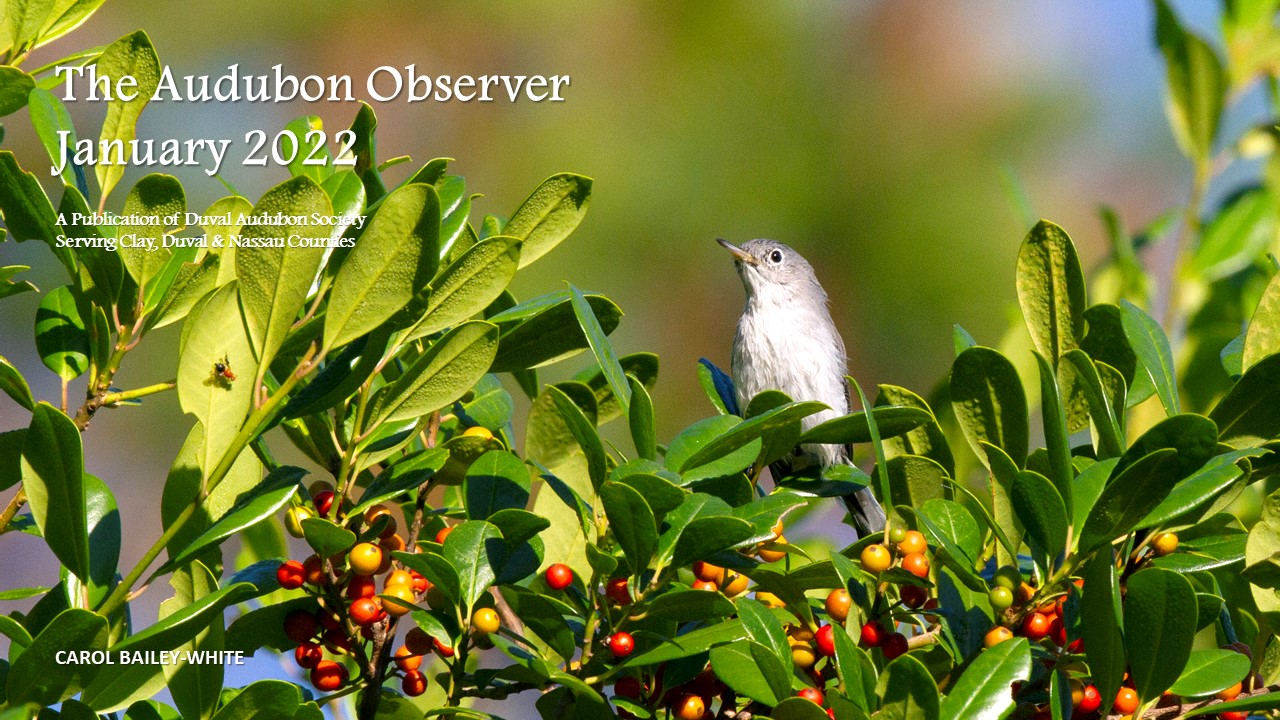
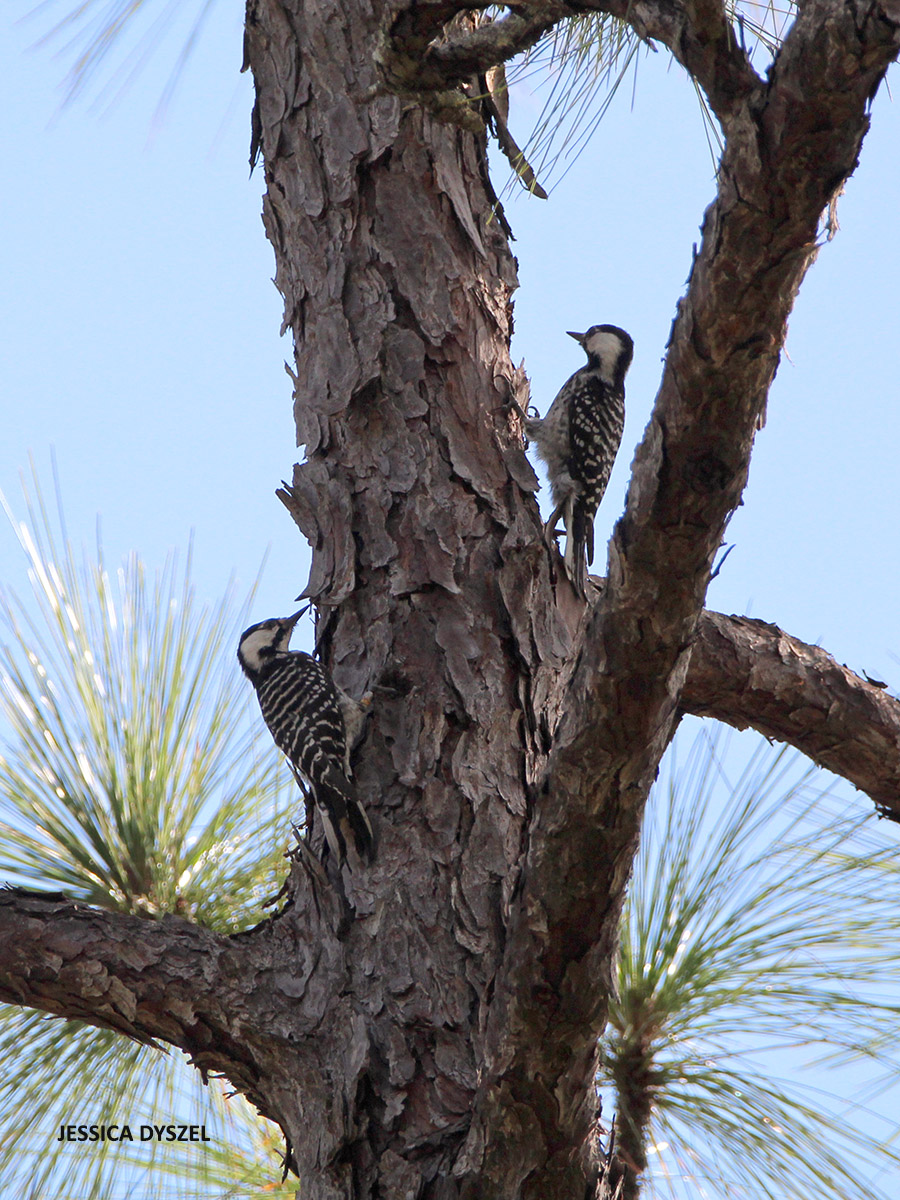 Management Area, one of our favorite birding spots. Other field trip destinations last year included the Pioneer Trail at Jennings State Forest, a fabulous visit to the Camp Blanding Wildlife Management Area
Management Area, one of our favorite birding spots. Other field trip destinations last year included the Pioneer Trail at Jennings State Forest, a fabulous visit to the Camp Blanding Wildlife Management Area 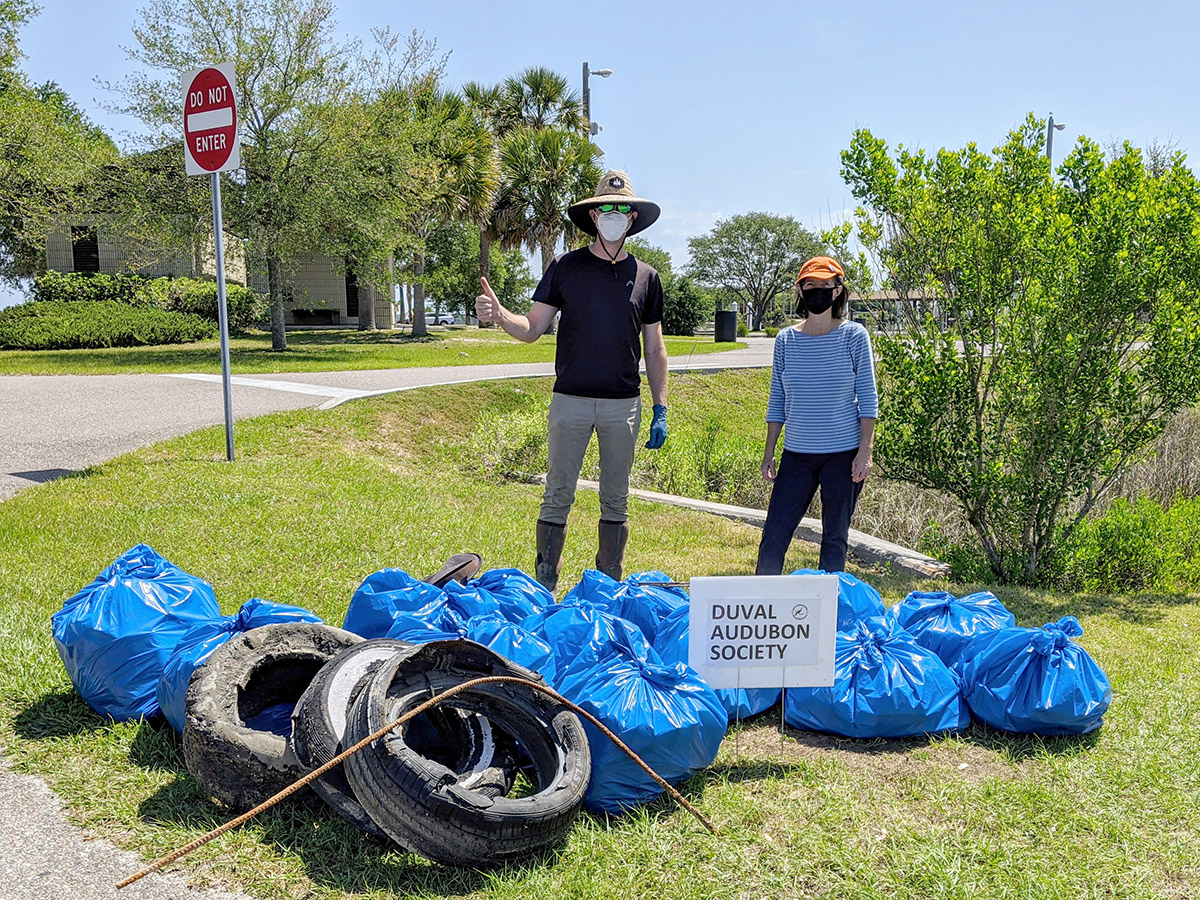 We hosted several cleanups in 2021 at some of our favorite local birding spots to reduce the amount of plastic trash getting into our waterways and help keep trash from harming the birds and other wildlife we love. Please consider joining us on Friday, April 22 for our special
We hosted several cleanups in 2021 at some of our favorite local birding spots to reduce the amount of plastic trash getting into our waterways and help keep trash from harming the birds and other wildlife we love. Please consider joining us on Friday, April 22 for our special 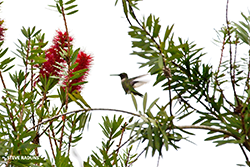 Clay County East compiler Steve Raduns reports that 26 volunteers participated in the December 18th count and recorded 104 different species for the day, including a rare (for this time of year) Northern Parula and
Clay County East compiler Steve Raduns reports that 26 volunteers participated in the December 18th count and recorded 104 different species for the day, including a rare (for this time of year) Northern Parula and 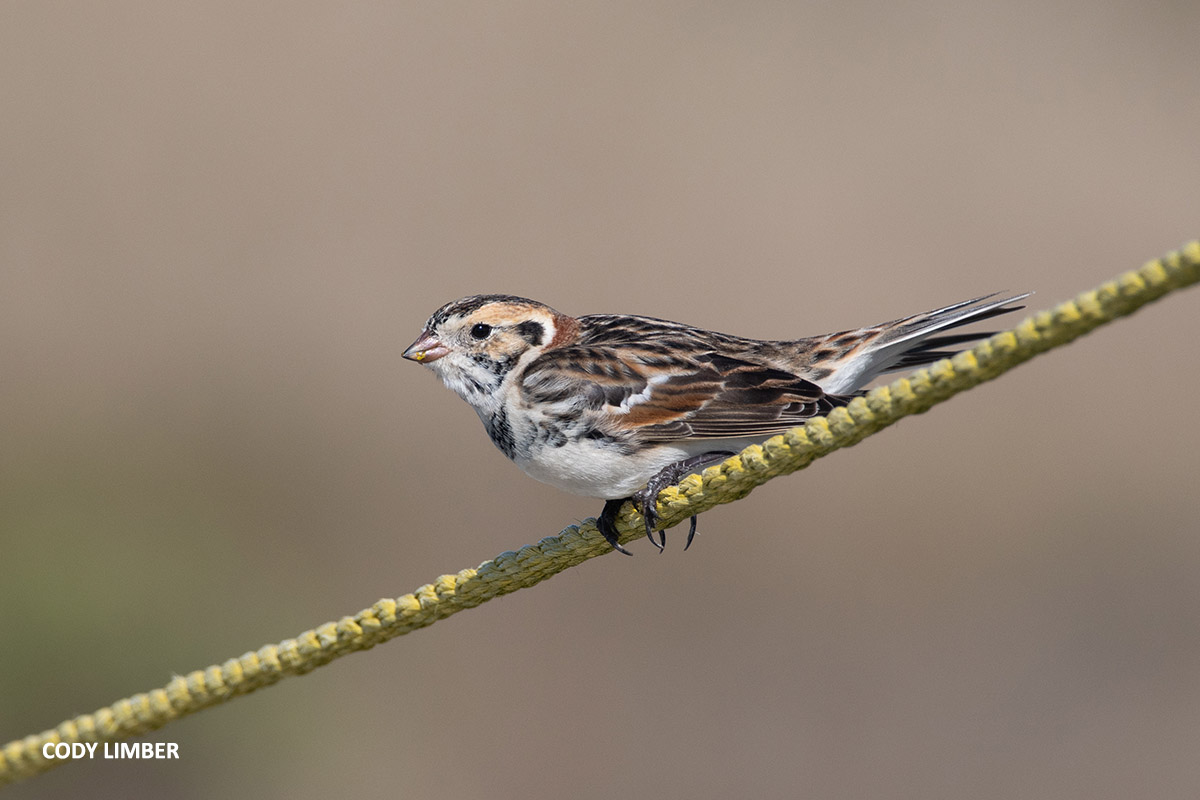 Jacksonville CBC compiler Anne Turner tells us that more than 50 volunteers participated in the count this year, an impressive number considering it was held on the day after Christmas! 157 species were reported for the count, two more than last year, even though several species seen last year were missed this year. The star species of the day was a
Jacksonville CBC compiler Anne Turner tells us that more than 50 volunteers participated in the count this year, an impressive number considering it was held on the day after Christmas! 157 species were reported for the count, two more than last year, even though several species seen last year were missed this year. The star species of the day was a  Audubon’s
Audubon’s  Did you know? January 5th is
Did you know? January 5th is 